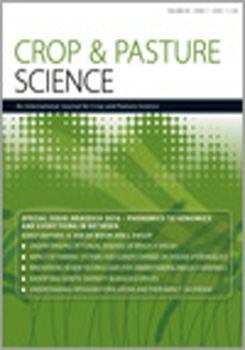Cultivation of canola (oilseed rape, rapeseed; Brassica napus) in many parts of the world relies on the use of cultivars carrying resistance genes that recognise avirulence products of the major canola pathogen, Leptosphaeria maculans. However, widespread cultivation of plants with such resistance provides the potential for evolution of the pathogen population to overcome resistance by altering the proportion of avirulence v. virulence alleles. In this study, the frequencies of avirulence genes were measured for 2091 Australian isolates dating from the late 1980s to present. Frequencies of avirulence genes changed over time. Analysis of isolates from the Eyre Peninsula, where canola is intensively cultivated, indicated that changes in allele frequencies at the AvrLm1, AvrLm4 and AvrLm6 loci could be correlated with the widespread planting of cultivars carrying specific resistance genes. These data show that determining avirulence allele frequencies in L. maculans populations provides power to anticipate which cultivars will be most successful in future growing seasons.
How to translate text using browser tools
17 May 2017
Changes in allele frequencies of avirulence genes in the blackleg fungus, Leptosphaeria maculans, over two decades in Australia
Angela P. Van de Wouw,
Barbara J. Howlett,
Alexander Idnurm
ACCESS THE FULL ARTICLE

Crop and Pasture Science
Vol. 69 • No. 1
January 2018
Vol. 69 • No. 1
January 2018
LepR3
rotation of resistance




